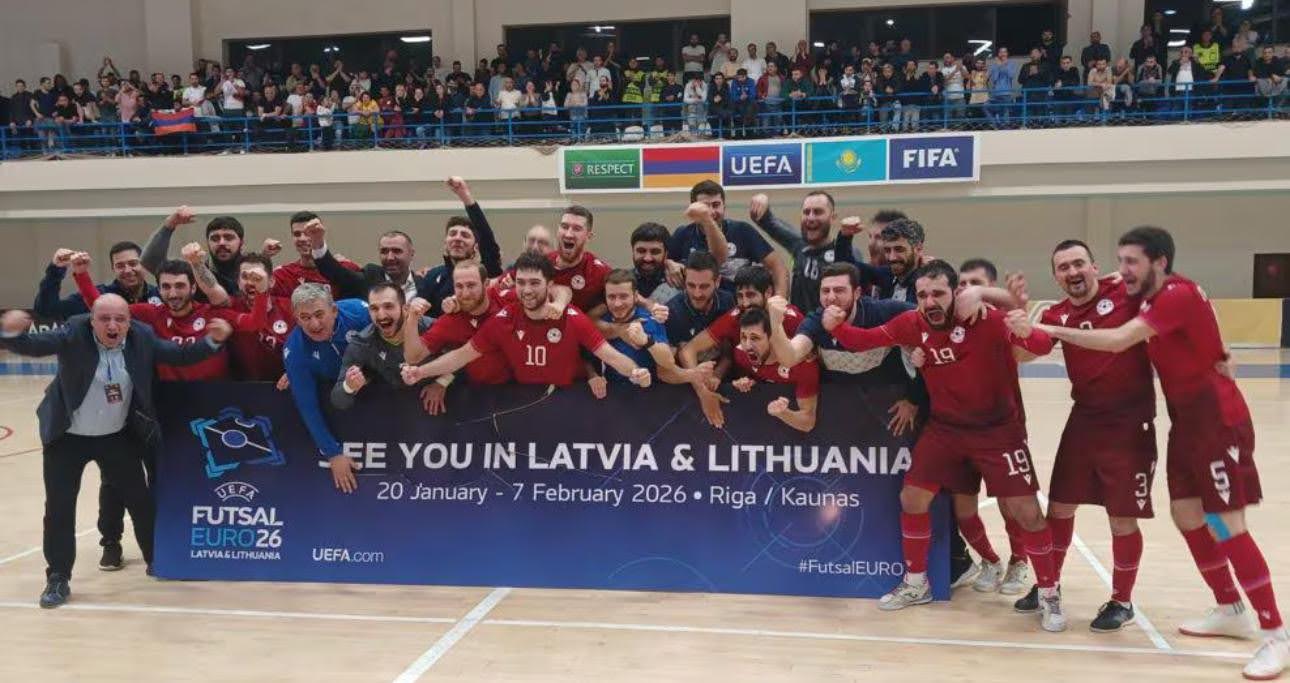Back to the future

When we think of going “back to the future,” we usually imagine some sort of time travel, much like in the famous movie. But what if we could revisit a place we once knew, after decades of global transformation, and play a role in shaping its future?
This was the case for my brother, Michael Kasparian, who first visited Soviet Armenia in 1979, a journey inspired by our grandfather’s belief that every Armenian has an obligation to connect with their motherland. Michael and I, along with our grandfather and mother, embarked on a tour controlled by the official Soviet “Intourist” agency, which required stops in Leningrad and Moscow. The highlight of the trip was the two weeks we spent in Yerevan, exploring the sites we were permitted to visit. Our experience was further enriched by time spent in the Armenian Quarter of Jerusalem. We returned to the United States with a deep sense of pride in our heritage and a better understanding of how Armenians adapted after the Genocide.
The Soviet government’s restrictive nature was evident everywhere. The Russian language dominated all signage, relegating Armenian to a secondary role on storefronts, street signs and printed materials. A large military presence added to the overwhelming feeling of being watched and controlled. We were forbidden from photographing monuments, and we learned that only non-Armenian soldiers were stationed in Armenia, to prevent them from forming connections with the local population.
We arrived with romantic notions of belonging but were quickly frustrated by communication challenges. Even though we knew conversational Western Armenian, meaningful interactions were difficult, as most people spoke either Eastern Armenian or Russian. Nevertheless, we returned to the U.S. with a deeper appreciation for democracy and a personal connection with our heritage that only a pilgrimage could provide. At the time, our teenage hearts were filled with gratitude for the experience, but we couldn’t imagine a reason to return to Armenia in the future.
Fast forward to 2023, and the next generation continues the journey.
Forty-four years later, Michael’s daughter Phoebe Kasparian embarked on her own pilgrimage. “Armenia was calling me to connect with my ancestral roots. Discovering that I could volunteer with Birthright Armenia was exactly the path I was looking for and the most impactful choice I have ever made,” Phoebe says. She landed in Yerevan filled with excitement on a sweltering night on September 1, 2023. Just 18 days later, on September 19, Azerbaijan launched a military attack on Artsakh, displacing more than 100,000 Armenians from their ancestral home. Watching the shelling and destruction of Stepanakert, along with the endless stream of cars heading to Armenia, was heartbreaking. Phoebe immediately felt compelled to help, packing boxes of food and supplies to send to the border. It was one of the most challenging moments of her life, but it deepened her bond with Armenia.
During her nine months with Birthright Armenia, Phoebe interned with two organizations: Rerooted, dedicated to preserving Armenian identity and advocating for displaced Armenian communities, and the Armenia Tree Project, committed to reforestation to improve the standard of living in Armenia. Through her work with Rerooted, Phoebe compiled narratives to share a collective story, ultimately becoming more rooted in her Armenian identity. She also worked as a content writing intern for the Armenia Tree Project, traveling throughout the country to visit planting sites and meeting with villagers involved in backyard nursery programs.
Inspired by their daughter’s dedication, Michael and his wife Daria traveled to Yerevan as visitors and volunteers with the Armenian Volunteer Corps.
“The city has transformed and now exudes the sophistication of any European capital,” Michael observes. “Much of this change can be attributed to the early Soviet-era design by architect Alexander Tamanian in 1924, which gave Yerevan its hub-and-spoke layout. The wide avenues, open spaces, parks and classical buildings create a walkable, family-friendly environment. The city’s blend of old and new — ancient churches beside Soviet structures next to modern buildings — reminds me of Prague or other Eastern European cities. The attention to architectural detail is what really ties everything together. One of the best parts of modern Yerevan is the vibrant entertainment scene, with coffee shops and restaurants staying open late, and numerous museums and art galleries to explore. Yerevan is becoming a world-class city, attracting a growing international population, which will bring both opportunities and challenges in preserving Armenian culture.”
As volunteers, Michael and Daria found fulfillment in their contributions. Michael worked with the Knights of Vartan promoting their mini-grant program for business owners displaced from Artsakh. Meanwhile, Daria, a retired high school English teacher, volunteered with Project Harmony, assisting teachers and students with English language curriculum. Michael recalls, “Unlike our first visit in 1979, today’s students in Armenia begin learning English at age seven. Many excel, and Daria’s visit reinforced their hard work, giving them an opportunity to converse directly with her and share ideas. Traveling to remote parts of Armenia to visit schools with Daria was one of the highlights of my volunteer experience.”
Looking ahead, Phoebe is committed to strengthening her Armenian language skills and professional development, ensuring she returns to Armenia with a solid foundation for future progress. Michael and Daria are considering increasing their volunteer efforts, with the potential for a more permanent and regular contribution.
Reflecting on this journey, I can’t help but think of our grandfather Ardashes Kasparian, who thrived on strategic moves, whether playing tavloo (backgammon) or pinochle at the historic Armenian Men’s Club in Providence, Rhode Island. Could he have imagined in 1979 that leading his family to our motherland would result in such a deep connection and investment in the future of Armenia?














